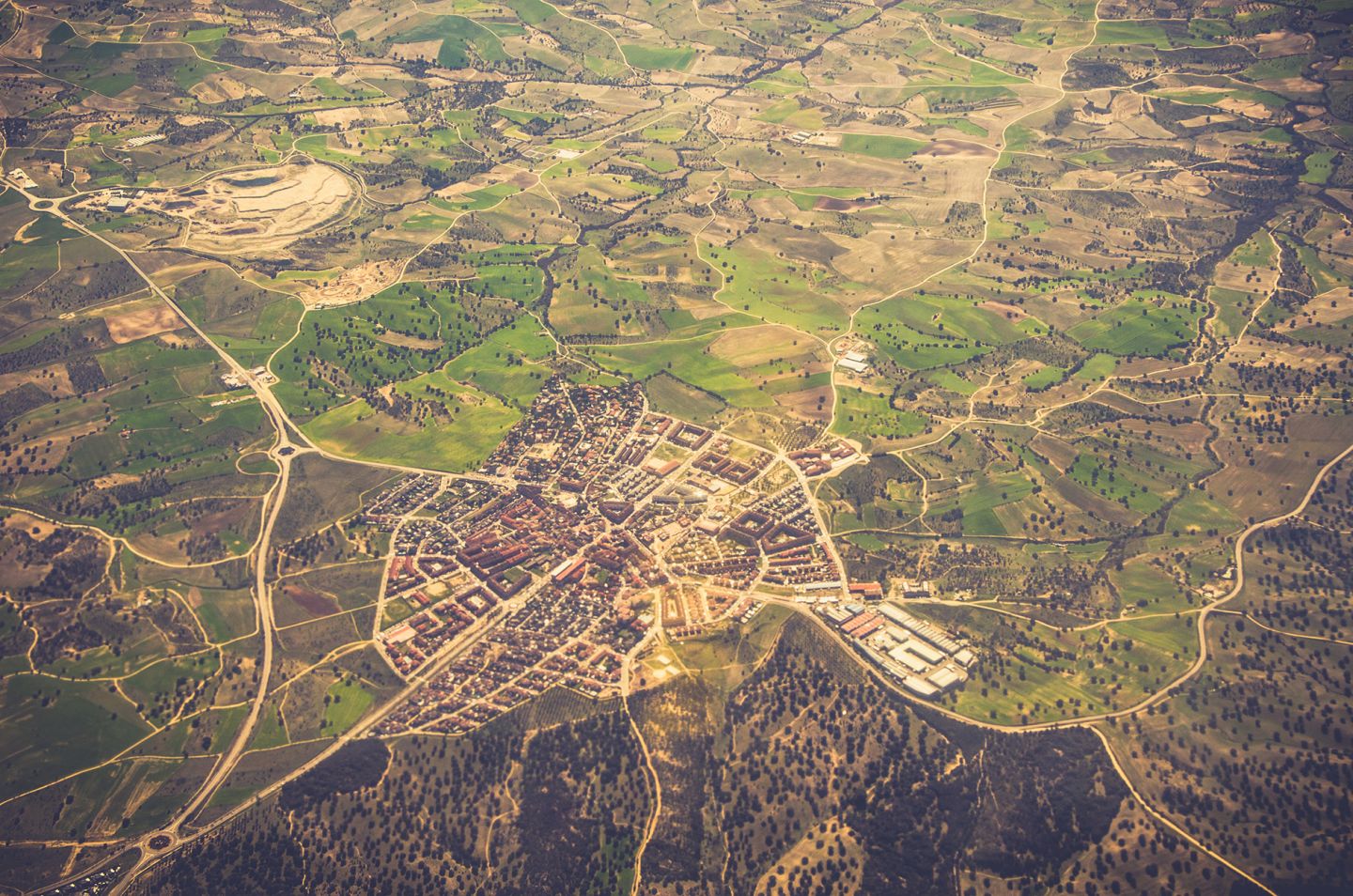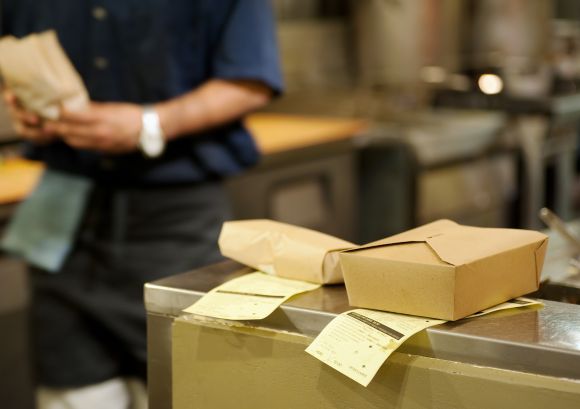By Bill R. Shelton, CEcD
The questions “What is a retail trade area?” and “Why does a trade area matter to communities?” are frequently asked by civic leaders attempting to expand their retail base by growing existing businesses and attracting new ones.
Communities are conditioned to think in terms of political boundaries because government data sources are often collected and published based on political boundaries such as city or county limits or census tracts. In reality, these boundaries have little, if any, influence on a customer’s shopping habits and if used often underestimate a community’s true retail demand or potential.
Retail trade areas are the geographic areas that generate measurable amounts of retail sales. Retailers have an advantage over communities because they can more accurately delineate their respective trade area because they have actual transactional customer data. Traditionally, retailers define a store’s trade area using these three tiers:
Primary – The primary retail trade area is the geographic region that produces 50 to 80 percent of a store’s sales. This is the most important trade area for most retailers because it is the draw area for their most frequent customers.
Secondary – The secondary trade area produces an additional 15 to 20 percent of a store’s sales.
Tertiary (or Fringe) – This trade area encompasses all the remaining trade area sales.
Communities have a difficult time in defining their retail trade area because they don’t have access to customer transaction data from their individual retailers and service providers. But the aggregate retail demand of the trade area is critical to a community’s promotional efforts because it is the primary information required to fully identify market opportunities by prospective businesses and retail developers.
The Bottom Line
Retail trade areas are the geographic areas that retailers use to assess a site’s potential. Communities can improve their marketing efforts by partnering with an outside firm that has access to the data needed to not only define the community’s retail trade area, but also to document the nature of the trade area’s retail demand.


